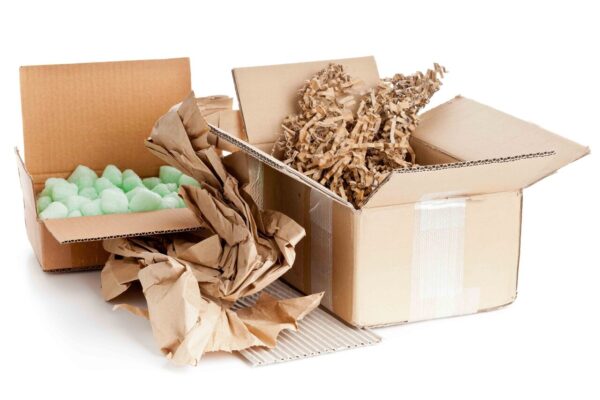Currently, international shipment is becoming abundant and commonplace. In this case, finding the best protective packaging materials is extremely important.
Protective packaging will make a great difference between successful shipments or one that is marked by loss of food or economic loss. So, it is important to know the kind of protective packaging materials available and know how to select the one that fits your needs.
Protective packaging is the utilization of different packaging materials to protect goods from any threats arising during the distribution process. Note that protective packaging materials range from corrugated boards to robust and complex materials like steel. Protective packaging materials can act as secondary or primary packaging, based on the type of items to be safeguarded.
Types of Protective Packaging
There are various variables that make protective packaging materials differ from each other. For that reason, packaging research procedures have also emphasized developing various protective packaging materials suitable for every situation. Here are the types of protective materials available.
Packaging shavings
Packaging shavings are designed from various materials like paper, plastic, or cardboard. They vary in size and thickness. They serve as fillers for products that are transported in groups, mostly inside a cardboard box. Thus, packaging shavings use empty space to protect the items from moving freely by forming a cushioning impact.
Padded dividers
Padded dividers are a great packaging material that works as boxes with compartments for the company of the transported goods. Generally, they are used to ferry fragile and small products like electronic items. With their three-dimensional shapes, the padded dividers allow you to organize the items whose transportation might be incompatible.
Bubble wrap and bubble bags
Bubble wrap and bubble bags are among the most recognized protective wrapping materials available. The air bubble that makes up bubble wrap and bubble bags act as a cushion for items, safeguarding them from shocks and other risks during transportation. They also serve as a dual function by serving as protective packaging and protective wrapping materials.
Packaging foam
Packaging form is another famed protective packaging material. They offer optimum protection for a range of items. It’s well-known for offering the best protection guarantee. Furthermore, it allows for customization because it is possible to adapt the packaging form to a larger number of packaging alternatives.
Wrapping paper
This is the kind of paper designed to protect specific items during handling and transportation. It is therefore used as a protective wrapper that supports various variants. Typically, this protective packaging material comes with adhesive tape to seal the item, and it can be utilized in larger quantities to protect the goods.
Loose-fill packaging materials
These materials are made from bioplastic or geofoam. They are utilized for filling up empty space in a container with lightweight and non-fragile products. Polystyrene peanuts hold the products inside the box in place. In between the products, flat pieces of corrugated fiberboard can be utilized to stop the movement of products in the polystyrene chips. However, loose-fill packaging materials are not recommended for narrow and flat products that can shift or move within the package. Also, polystyrene peanuts tend to cause static electricity and might destroy electrical products.
Paper packaging
Unlike many types of paper, packing paper is stronger and less vulnerable to tears and rips. That means you can fold and crumple the paper without affecting its protective abilities. It’s ideal for items that have big voids that can’t be filled with loose-fill.
Tips for Choosing the Best Protective Packaging Material
The packaging field has produced numerous protected packaging materials to meet the needs of each product and commodity. However, the type of item to be safeguarded will determine which type of protective packaging material to be used. So, the protective packaging solution will be less or more thorough based on the fragility of the item to be transported.
Also, various distribution cycles of the item must be taken into consideration so that you can choose the best fit among the many protective packaging materials.
The mode of transport, either boat, airplane, train, or road, is necessary to define the kind of threat that might compromise the safety of the items. For this reason, a thorough study of the variables is important to define what kind of protection and protective packaging materials are needed to guarantee the safety of the items.




